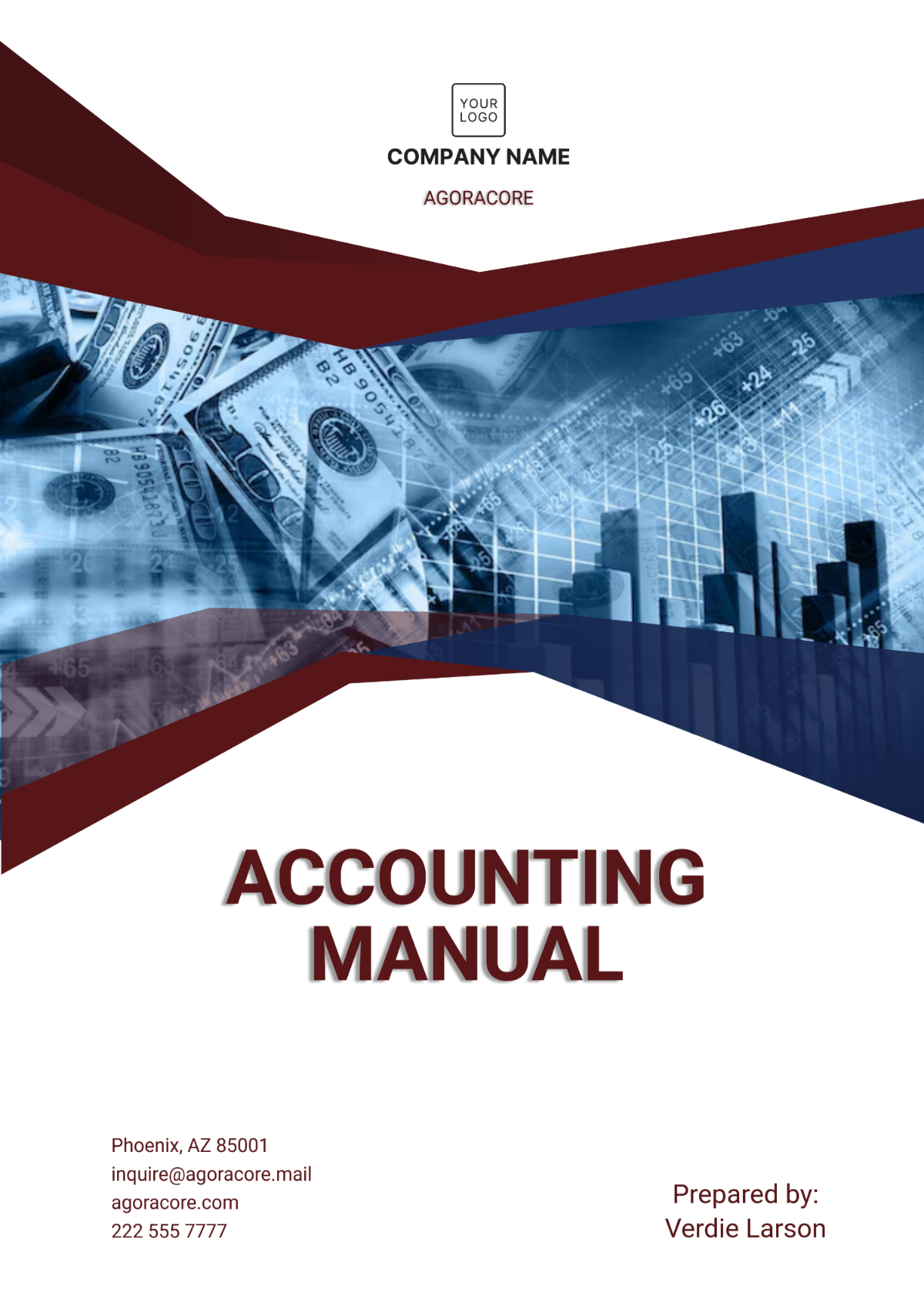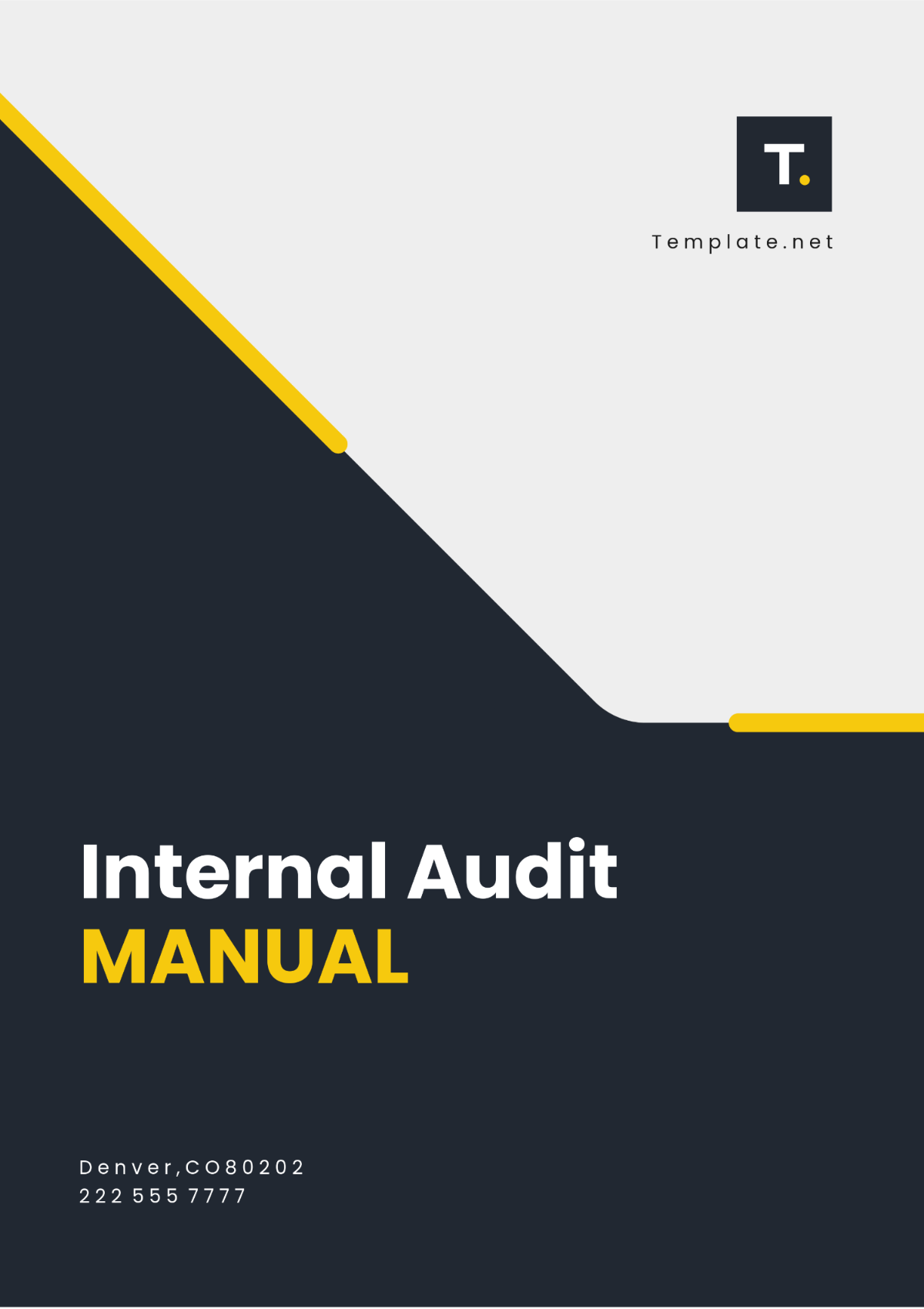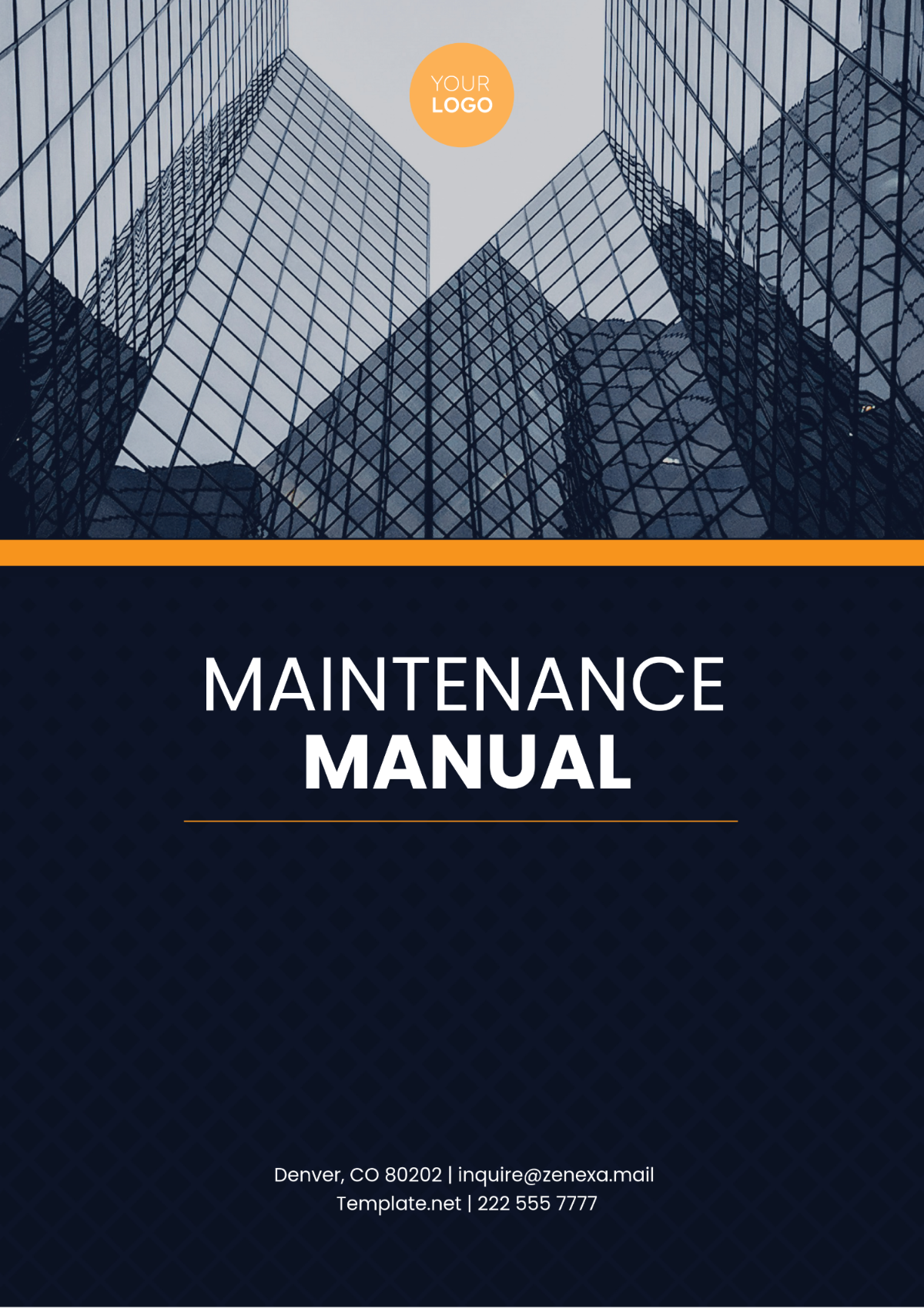Free Financial Cost Audit Manual
Financial Cost Audit Manual Template from Template.net is crucial for conducting detailed and systematic financial reviews. Editable and customizable in our AI tool, this template guides businesses through the complex process of auditing financial costs. It ensures comprehensive coverage of audit procedures, standards, and reporting, making it invaluable for maintaining accuracy and integrity in financial management and oversight.






























